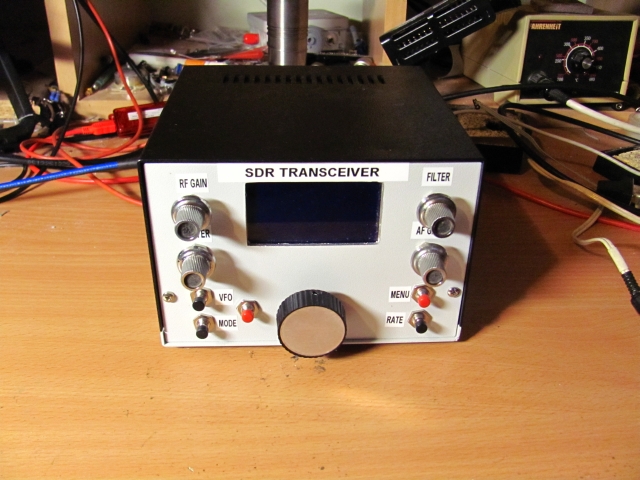

If you apply this software, set the port up as a single port "Connector." Use an unused COM port, such as COM4 (typically unused).
MORSE DECODER FOR SDR SERIAL
VSPE (virtual serial port emulator) software is used to loop back serial ports and it is available here. Setting the COM port in SDRuno is done from the RX Control window by selecting "SETT." then "CAT." You will need to be able to loop back the serial port transmit to receive so that the serial port output of FLDigi is sent to the serial port input of SDRuno.
MORSE DECODER FOR SDR CODE
Once you have things working with the audio and decoding of RTTY and/or Morse Code and/or PSK, if you want to control or view the RF frequency of the RSP2 using FLDigi, note that the RSP2 emulates the Kenwood command set under SDRuno, so FLDigi would need to be set for compatibility with the Kenwood receiver (either directly or by writing an interface for it). Either should work fine to loop back the audio. In the example, they use VB-Audio virtual audio cable instead of LoopBeAudio. The setup for RTTY and CW operation should be similar to the PSK31 setup here for the RSP1, except that you would be setting up for RTTY or CW instead of PSK31. Once you have the audio connected, you should be able to get the RTTY and/or CW Morse Code decoder going in FLDigi.
MORSE DECODER FOR SDR MANUAL
The FLDigi User's Manual can be found here: If you still can't get the audio connected to FLDigi using the FLDigi audio controls, then you may need to audio loop back software to feed the output audio back to the input. Also, you will need to check your setup and do some testing to see what will work best. Take time to study the audio setup section. Refer to the FLDigi sound card configuration for FLDigi here. You may or may not need separate loop back audio software, depending on your PC and compatibility with existing features of FLDigi. Work on getting the audio going with FLDigi.

For more examples of SDRuno operation and/or FLDigi setup and operation, you can go to and search on FLDigi as well as SDRuno. The software audio loop back solution is usually preferred over the hardware connector solution, if you need an audio loop back.

While this can be done by making a loop back connector for your PC, there is also software that works well here. Note that the SDRuno software outputs audio and the FLDigi software will be listening for audio however, you may have to loop the audio output to the audio input to get the FLDigi software to receive the audio from SDRuno. Once you are receiving the signals and hearing them well and have a good comfort level with how SDRuno operates, then it is time to test with FLDigi. You should first get comfortable tuning in stations and making sure that you can hear the RTTY or CW Morse Code signals well, such as in the example above and in this example. If you don't have that type of background, you can still get things going, but it will take a bit more study of initial setup tutorials and the user manual for SDRuno. Many examples of various SDR operations that you find on the Internet assume the user is a HAM radio operator or at least has a strong radio electronics background. If the tutorial here was not enough to get you going, then you may want to go through tutorials on operating the RSP2 as well as tutorials on initially setting up FLDigi.


 0 kommentar(er)
0 kommentar(er)
